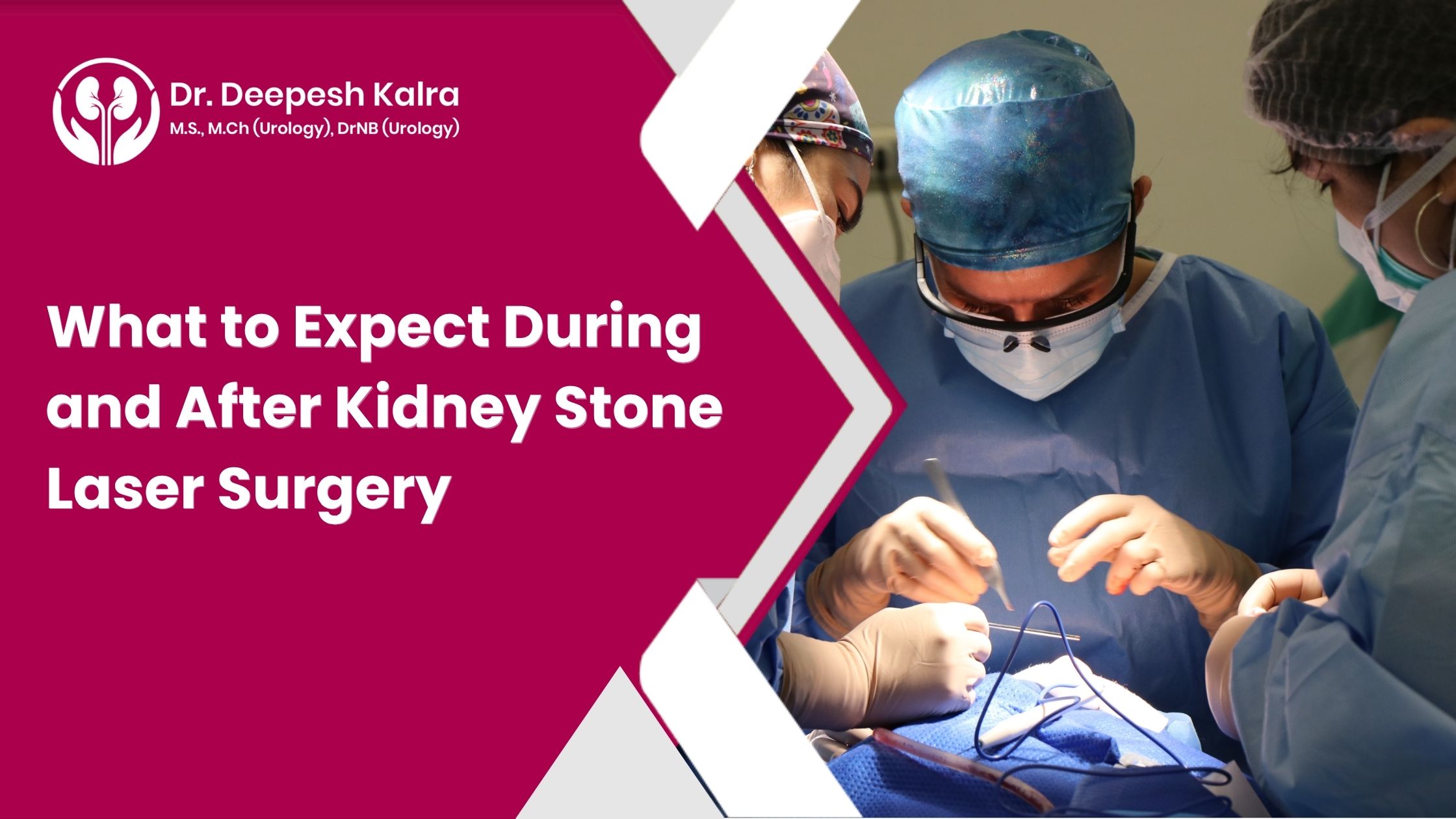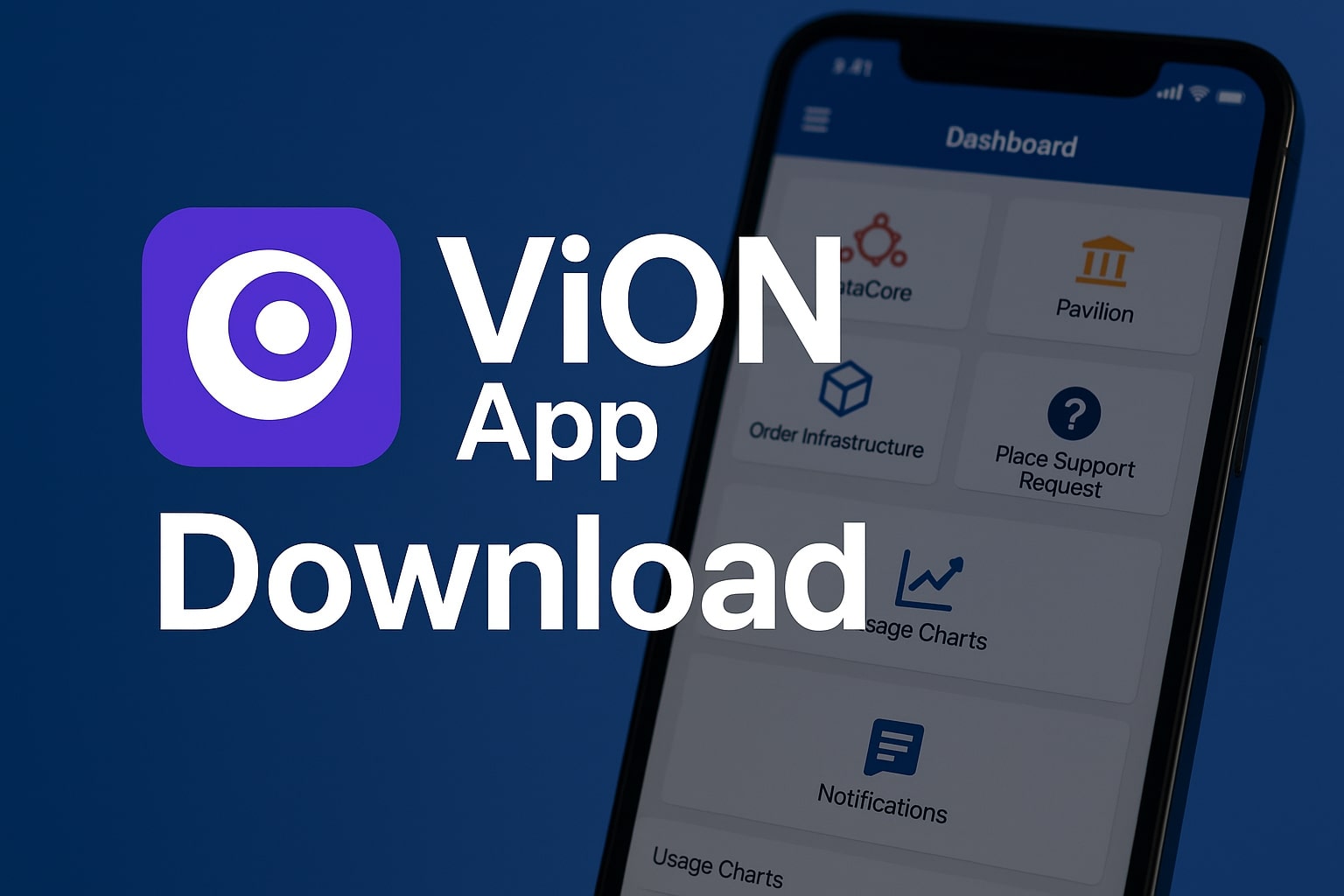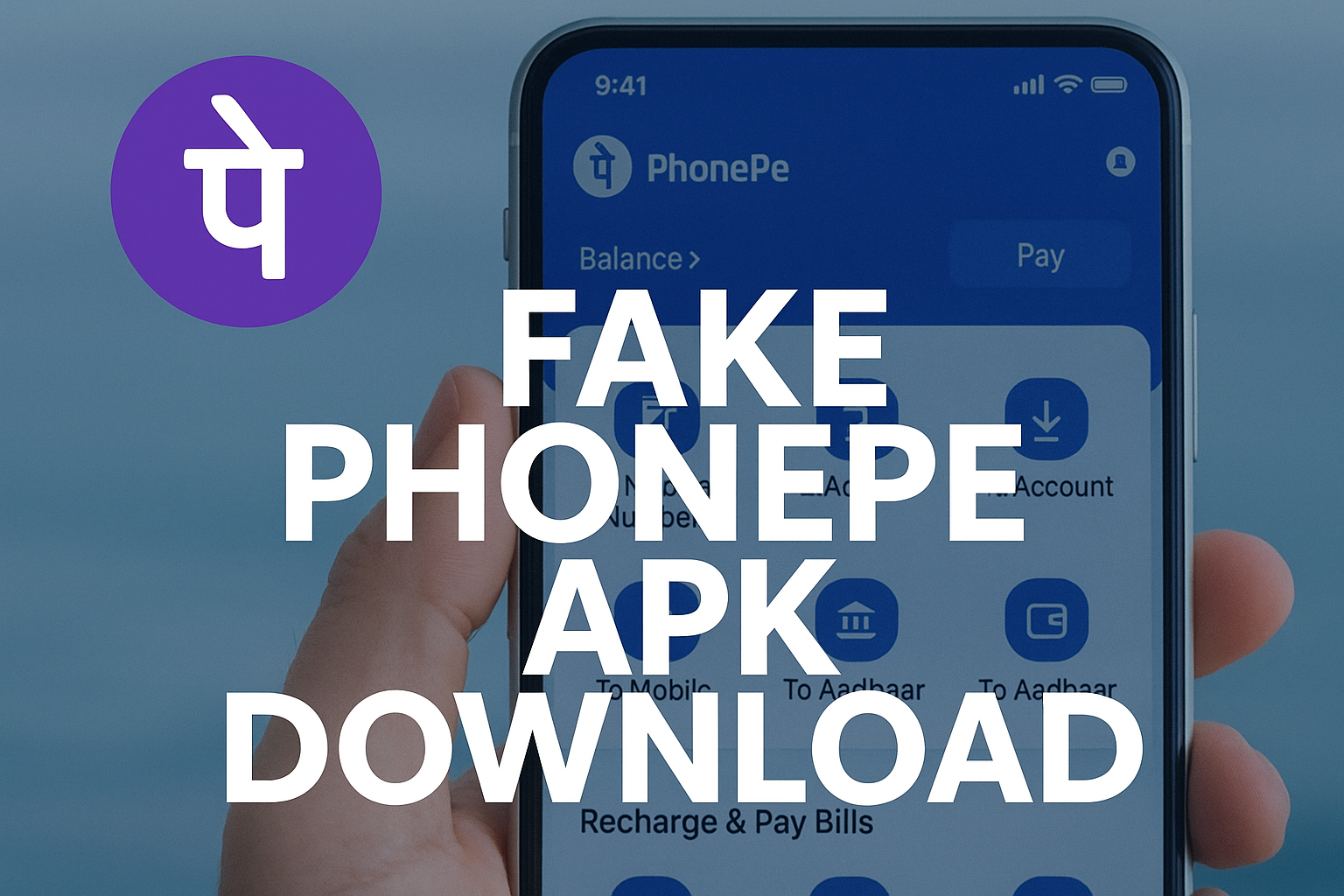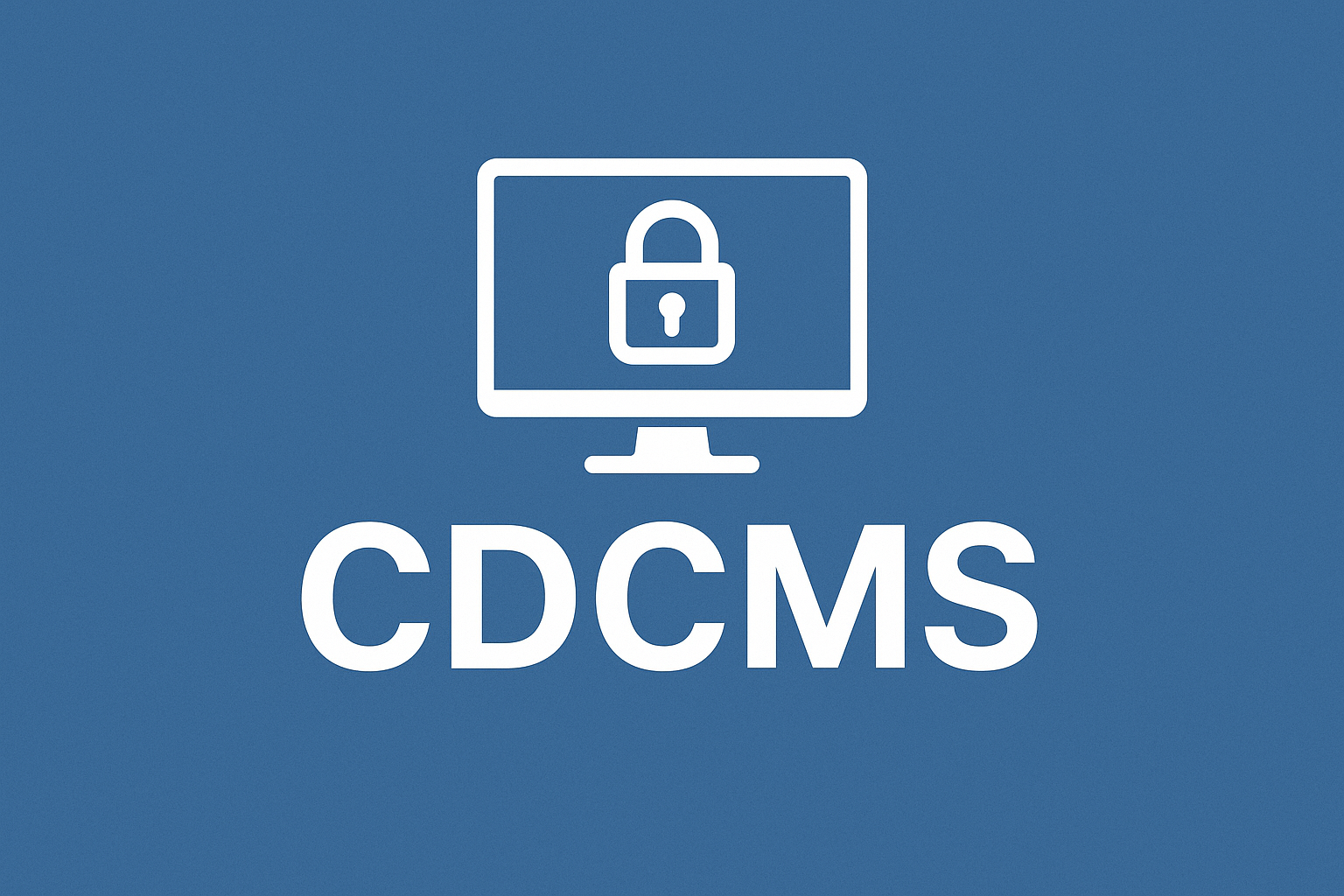Introduction
When you sit up at night because a sharp throb in your side won’t let you sleep, you can be sure you’ve met a kidney stone. No warning, no guest list, just a jagged little shard that decides to party where it shouldn’t. The pain can make you swear you’ve been run over, and for a few brutal hours, it convinces your body to give you a gentle reminder to remember your kidneys. The good news, though, is that moving forward hurts a whole lot less than it used to.
Kidney Stone Laser Treatment in Jaipur means you walk in, a machine hums like a streetlight, and when you walk out, the stone is dust. No cutting, no drains, no battle scars, just a little bandage where the nightlight laser went in. You’ve got questions—that’s smart. I’ll answer them here like I’m sitting on your hospital cot, same language, no white coats, no drama.
What Is Kidney Stone Laser Surgery?
Okay, laser stone surgery. Pretend the stone is a stubborn bug in a glass. The laser chip is the dog. The dog’s good at bugs. Five quick, bright barks, and the bug is smoothie. You leave the glass with no bugs and no bark-barks. The laser finds the stone, takes it out piece by piece, and you don’t even feel the tailpipe scratch. Because…well, because lasers are quiet and sharp the right way. That’s it.
A Quick Look at the Procedure
It’s called Laser Lithotripsy (fancy name, simple concept). Instead of an actual incision, the document slides a slender tube in through the urethra, hunts down the stone, and zaps it with a laser till it shatters into sand-like debris. Those bits either get snagged with a tiny grabber or trip the pee river right out the door. Pretty slick, huh?
Why Use a Laser Instead of Surgery?
Here’s how it goes down: You roll into the outpatient center, get a light doze with anesthesia so you’re awake but comfy. The laser wand tip slips in, the beam gleams, the stone goes poof into dust, and the whole thing’s done in a half hour. Zip the tube and the flashlight out, and you’re already headed to the recovery chair, no battle wounds to show.
Why treat the stone with a laser instead of a full-on surgery?
Because it hurts way less.
Because you bounce back way faster.
Because there are zero zipper-like cuts and no stitches to babysit.
Because most of the time, you’re already chatting with your cat by dinner.
Before the date with the laser, you’ll sit with your urologist for a good chat. They’ll peek at your insides with a quick ultrasound or CT scan, quiz you on how you’re feeling, and run a couple of blood and pee tests.
They’ll also hand you a list of don’ts: skip aspirin, steer clear of multivitamins, and drink a bit more water a couple of days out. Easy stuff to keep the stone busting smooth.
Pre-Surgery Tips to Keep in Mind
Don’t eat or drink anything after midnight before your procedure—your doctor will give the final word.
If you take a blood thinner, you may have to stop. First double double-check with your doctor.
Stop smoking and continue for at least 24 to 48 hours.
Bring all your test results and prescriptions with you to the hospital.
Quick Tip: Ask what is on your mind, no matter how less it is.
What to expect after surgery
When you get to the hospital or surgery center, the team will help you be comfortable.
You’ll put on a gown and have a brief health check.
What about the anesthesia?
You’ll either be fully out with general anesthesia or numbed from the waist down with spinal anesthesia. Either option means you won’t feel a thing.
A Simple Overview of the Procedure
The surgeon will slide a narrow tube—called a ureteroscope—through your urethra.
Using a tiny camera, they find the kidney stone.
Then a laser breaks the stone into tiny pieces.
Some pieces they’ll pull out; the rest you’ll pass later.
Finally, they may put in a thin tube, or stent, to help your urine flow smoothly afterward.
And just like that, you’ve crossed the finish line—in usually less than sixty minutes.
Right After the Procedure: What to Anticipate
When you first wake up, you’ll probably be a little fuzzy-headed and achy, but nothing that’ll knock you down. After a few hours of steady monitoring, and provided your numbers look solid, you’re cleared to go home the same day.
A Few Usual After-Effects:
A mild burning sensation when you pee
Need to pee more frequently than before
Light rosy-tinged urine (yep, that’s blood and yes, it’s normal)
Slight ache across the lower back
All perfectly normal. Your system is filing away the notes that read, “I’m in healing mode.”
The First Few Days You’re Back in Your Space
Your system is still gearing up. You’ll likely leave with:
A course of pain meds
A short stack of antibiotics
Maybe a few “couch day” passes from work
What to Lay Off:
Lifting more than a grocery bag
Hitting the road (give it a full day)
Chugging more than a cup of coffee or two
Ignoring the med schedule
Sip water like it’s going out of style. It’s the quickest way to wash out little bits you don’t need and keep your kidneys in the game.
Signs That Mean “Talk to the Doc Right Now”
A little something isn’t the same? Call your provider if you hit:
A fever that feels higher than the normal line
A pain that comes back stronger than the pills
Big dark clumps or a gush of blood in the urine
The bathroom line and nothing comes out
Your instinct is a solid tool. If your body feels off-key, get it checked.
How to Keep Kidney Stones from Coming Back
I know, it’s disappointing to hear your stones coming back. The good news is that you are less likely to change some everyday habits.
Simple daily changes that make a difference:
The objective is to drink 2.5 to 3 liters of water every day.
Tilt to fresh, whole foods and cut down on packaged snacks and excess salt.
Load your plate with colored fruits, crispy vegetables, and whole grains.
Put soda separately and do not overdo it on red meat, shellfish, or poultry.
Try to add lemon juice in the water; The citrate can prevent stones from forming.
Take a picture of your kidney like a coffee filter. Food them clean water, and the remaining grain are less likely to close things.
Ongoing Care and Follow-Up Visits
Most of the soreness or tiredness should ease within a week, but that doesn’t mean you can skip the doctor’s check-in.
At the follow-up, your provider will likely want:
A quick imaging test to confirm you’re stone-free.
A urine or blood test to double-check things.
To take out any stent that was placed during surgery.
When you leave the office with a smile and those results, you’re good to go.
Is Laser Surgery Worth It?
Yes, without a doubt.
Here’s Why People Can’t Stop Raving About It:
Fast outpatient fix
Barely any pain or recovery hassle
High success numbers
No stitches, no marks
A Couple of Tiny Downsides:
A little stent discomfort for a day or two
A few minor side effects for one or two days
Slightly higher price, but the comfort and quick bounce-back make it worth every rupee
Picking the Right Doctor
Laser surgery is only as strong as the surgeon holding the laser. Your kidneys are a big deal, so trust only the best. You need someone who’s done this many times, with kindness and calm confidence.
When it’s time for treatment, seek the Best Urologist in Jaipur: a surgeon with a long list of happy patients and a stellar support team behind every move.
Conclusion
Laser kidney stone surgery looks fancy – and that’s it – but don’t let the word scare you. It is honestly one of the gentlemen, the fastest way to say goodbye to the stones. With the right hands, a small prep, and easy follow-up of care, you will do and dance up before you know.
Whether it is for you or someone you love, take a deep breath. You are in good hands, and choosing the Best Urologist in Jaipur means that you are the best way to be painless.
question to ask
How long does a laser surgical procedure take for kidney stones?
The operation generally lasts between 30 and 60 minutes. Fast, clear, and powerful.
2. Can the kidney stones return after the procedure?
Yes, they can – but stay hydrated and have many obstacles to staying hydrated and having some daily habits.
3. Will a stent be held after surgery?
It varies: If there is a chance of swelling or an obstacle, the surgeon can insert a small, temporary stent.
4. What is normal recovery time?
Most people bounce back in 3 to 5 days and feel normal in 7 to 10 days.
5. Is surgery painful?
No way! You will sleep during anesthesia. Later, any torment is usually controlled with mild and light with painkillers.






